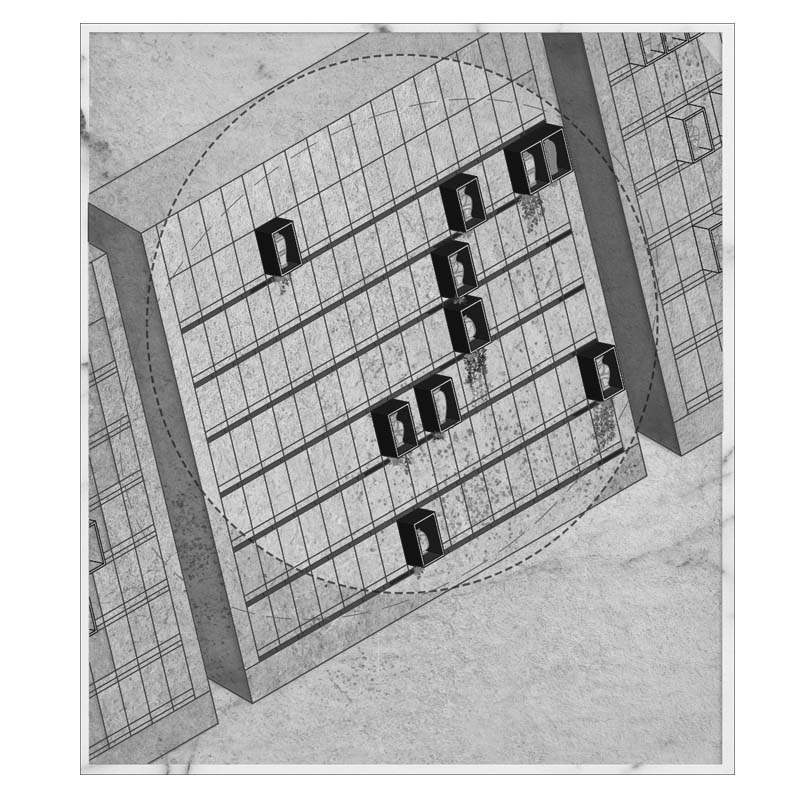

This diploma project deals with the construction of a Crematorium Center in an undeveloped coastal area between the Municipality of Thermaikos and Thessaloniki’s Airport. A dirt road and a narrow strip of sand separate the property from the sea front. The area is dominated by horizontal lines, the feeling of desolation and the distant sound of the planes that fades away as they take-off.
The building program includes rooms for funeral ceremonies, cremation facilities, gathering places and a place for depositing the urns (columbarium). The purpose of this architectural study is to create a symbolic place of memory and honor for those who choose to be cremated after death, as well as a gentle landscape intervention for ensuring the most painless and peaceful experience possible for the visitors.
The central idea of the composition is the structure of three separate building volumes along a linear course of water that ends at the sea horizon. Pure morphology is chosen with simple contours, without unnecessary decorative elements. A series of single or double colonnades organize the facades, creating at the same time playful shadows and reflections in the water. The outdoor area is organized with sloping green areas and a calm lake, while the natural vegetation of the area develops around the complex.
Supervisor: Manolidis Kostas
Reference Number: 830
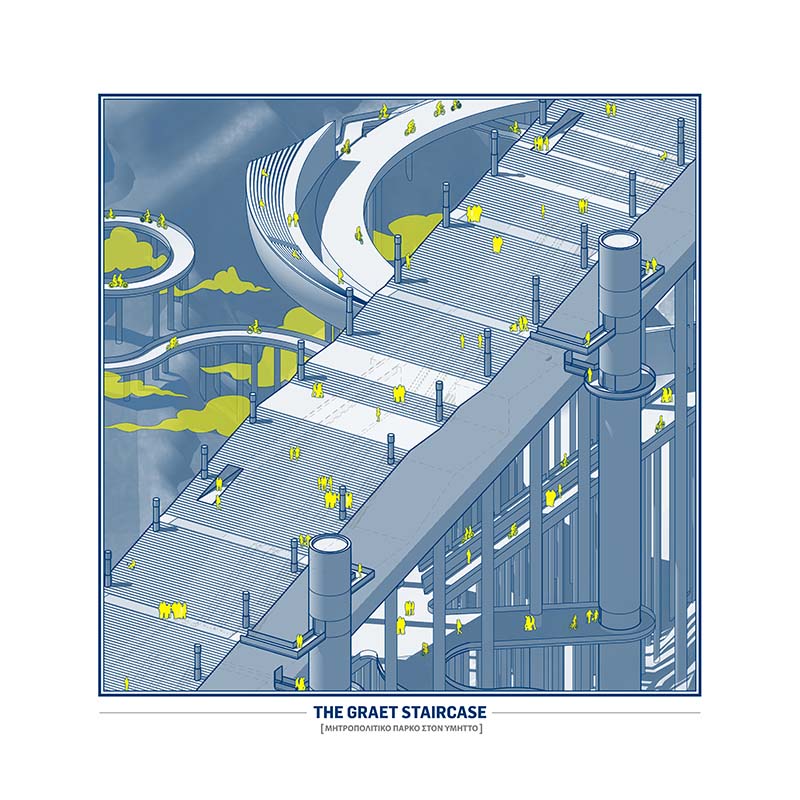

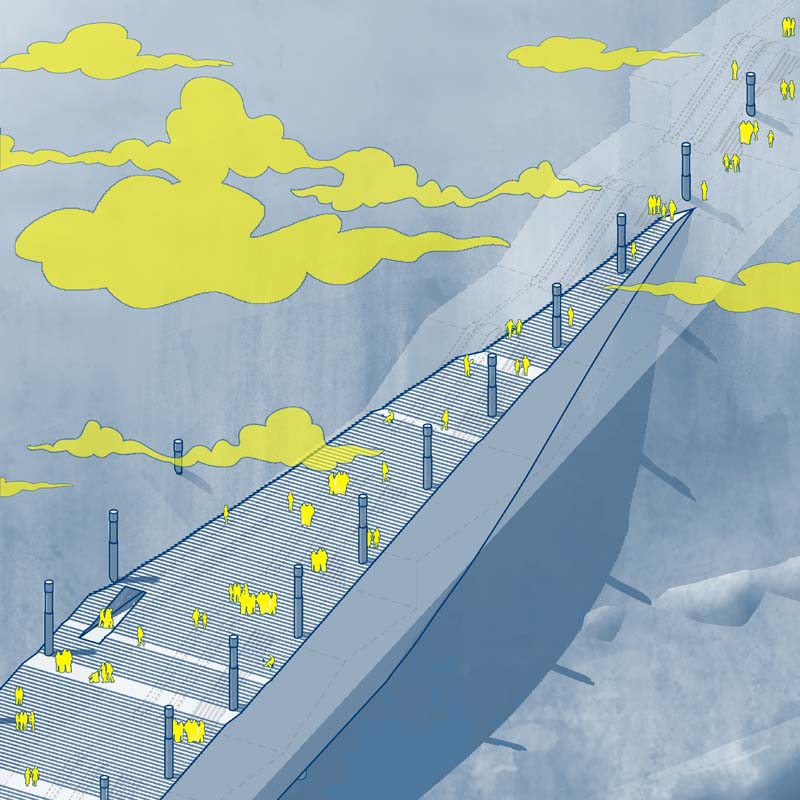

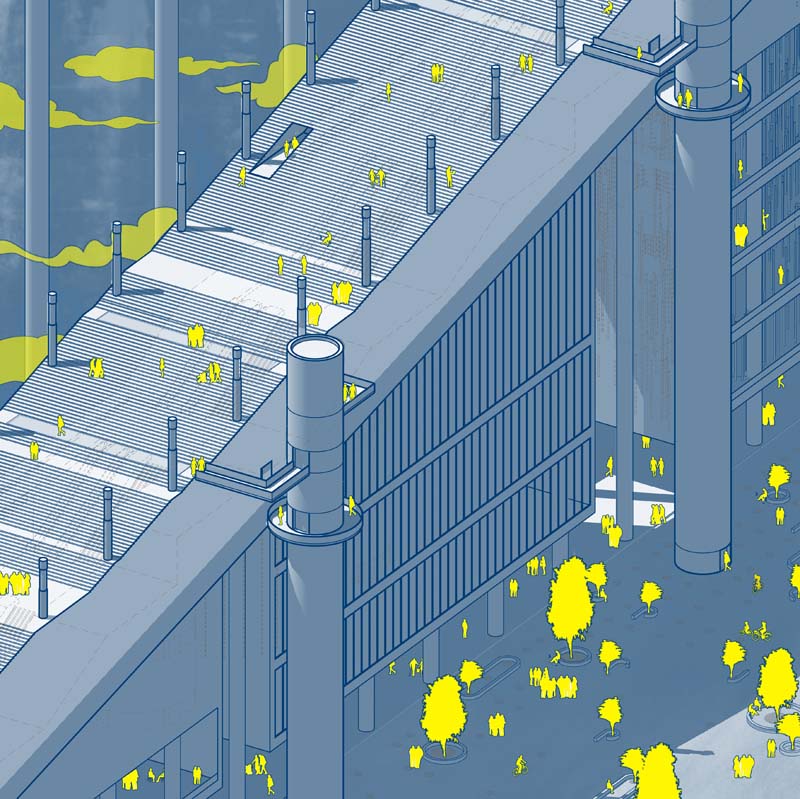

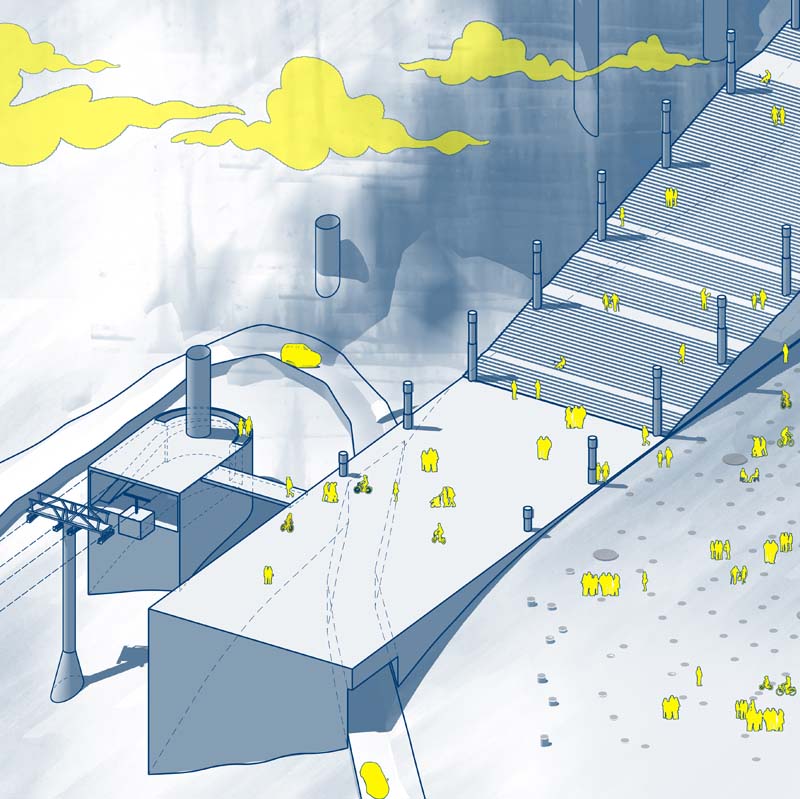

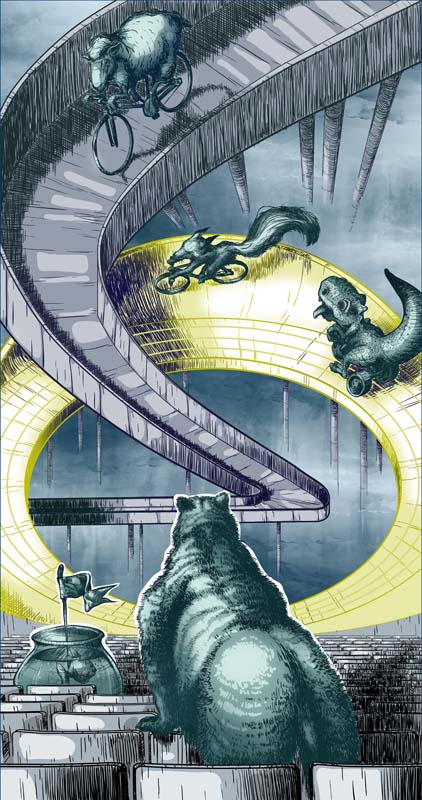

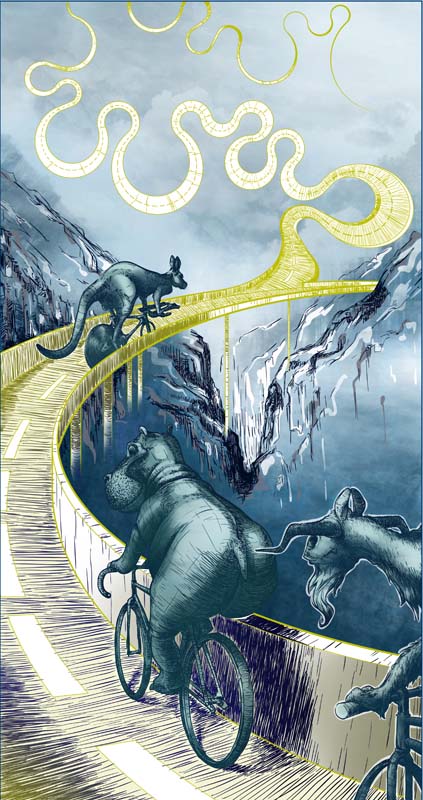

The city of Athens has not emerged from an urban plan, but from the needs of its inhabitants. It may has an intense residential development, but the contact with the natural landscape is difficult. Attica΄s basin looks like a sea full of buildings, from which emerge islands as exceptions. These islands refer to the main four mountains that characterize Attica. One of which, Hymettus inspire us to bring the towns people closer to the nature.
The proposal aims to sensitize its residents with a nearby escape from its main axes. It targets to create a vertical connection between the city and the top of the mountain, giving access to everyone. At the same time, aspires to change the view of Attica΄s residents related to nature and the problems that have arisen through the extensive use and waste of the natural landscape. Some of them are fires, floods, extinction of fauna.
A rise to this intervention gave an abandoned quarry, out of many that exist in the surrounding mountains, which bears important historical and cultural elements for a long time. The proposal refers to a multi-functional stairway that connects the foothills of the mountain and the city with the natural terrain and the summit. A bike route between mining sites based on existing trails, a rallying point, a dam, and infrastructure for various kinds of cultural and environmental use are being proposed too.
“The Great Staircase” seeks to get residents in touch with the city’s precious natu- ral reserve and to create an infrastructure that may be the starting point for a new kind of human coexistence with the flora and fauna of the area.
Supervisor: Gavrilou Evelyn
Reference Number: 785
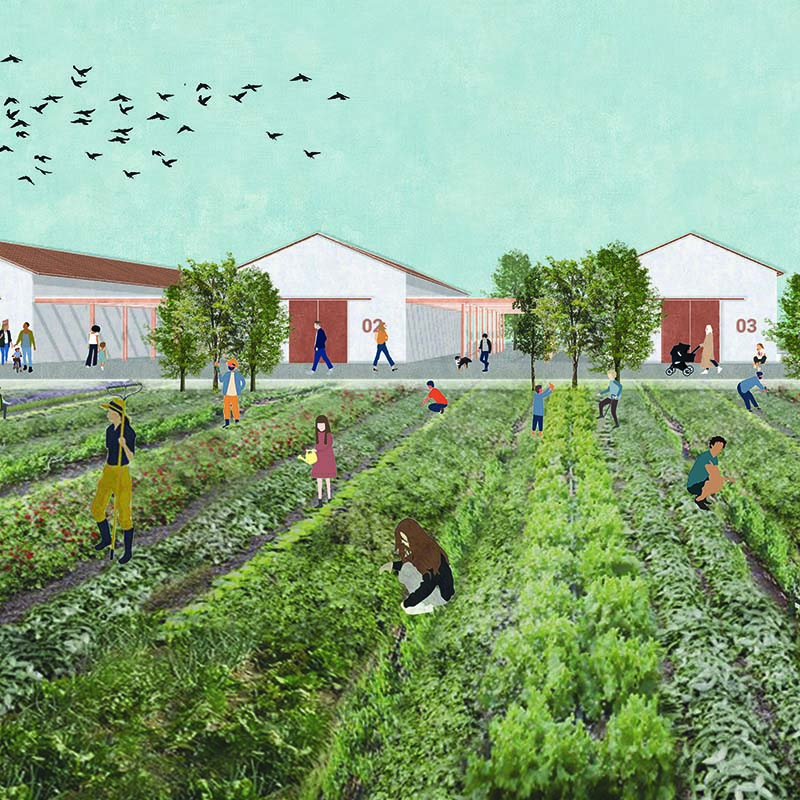

The city as a complex and multidimensional system,is constantly interacting with its shaping factors, as well as with the facts of the undergoing era that are affecting it. Thepast years’intense growth rate has revealedmulti-leveled fundamental malfunctions. The spatial referenced fieldis cited in the western part of the city of Thessaloniki,where a significant reserve of rural abandoned spaces and buildings has been formed. The evolution of this urban space, as a product of proper urban planning or even as an unauthorized construction, leads to the commitment of large areas of land under the urban webto become military camps,which now constitute potentially free abandoned spaces for reutilization. The management of this abandoned urban reserve and its functional repurpose for the city, has always been a main issue. This project proposes the utilization of the former military camp "Alexander the Great", which is located in the western part of the city of Thessaloniki, by forming it into an urban agricultural park, focusing on local sustainable development and sustainabilitythrough the use of renewable energy sources and natural energy utilization, under an environmental scope. The vital synthetic idea for designing the military camp, is the organization of a "mosaic" of collective activities that will complement each other and operate altogether, in both open air and built space, creating a functional-aesthetic background of "communication" between the agricultural model of life and the urban political and economic space.
Supervisor: Stylidis Iordanis
Reference Number: 818
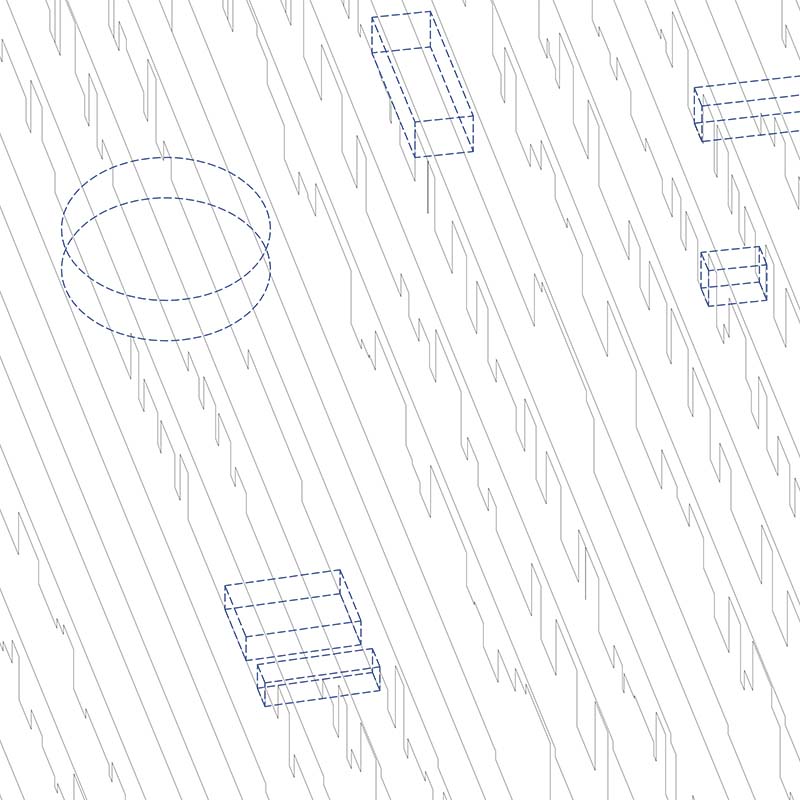

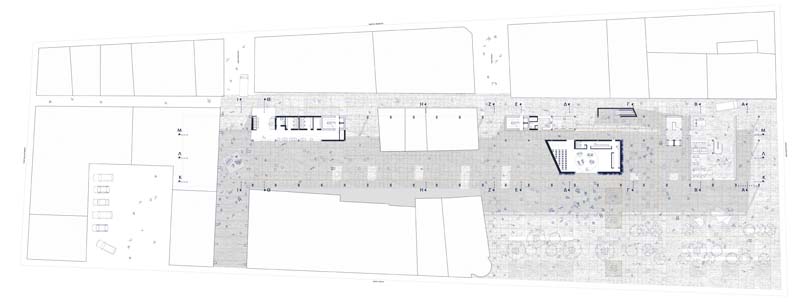



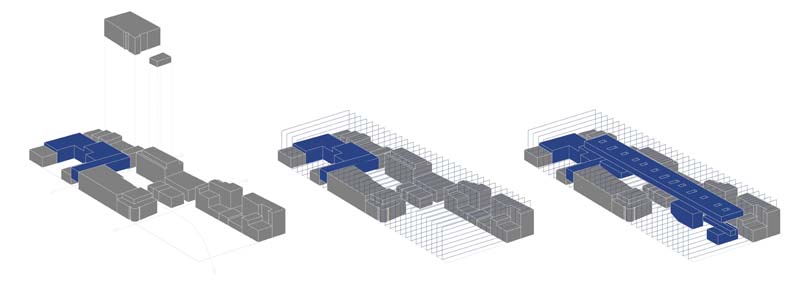

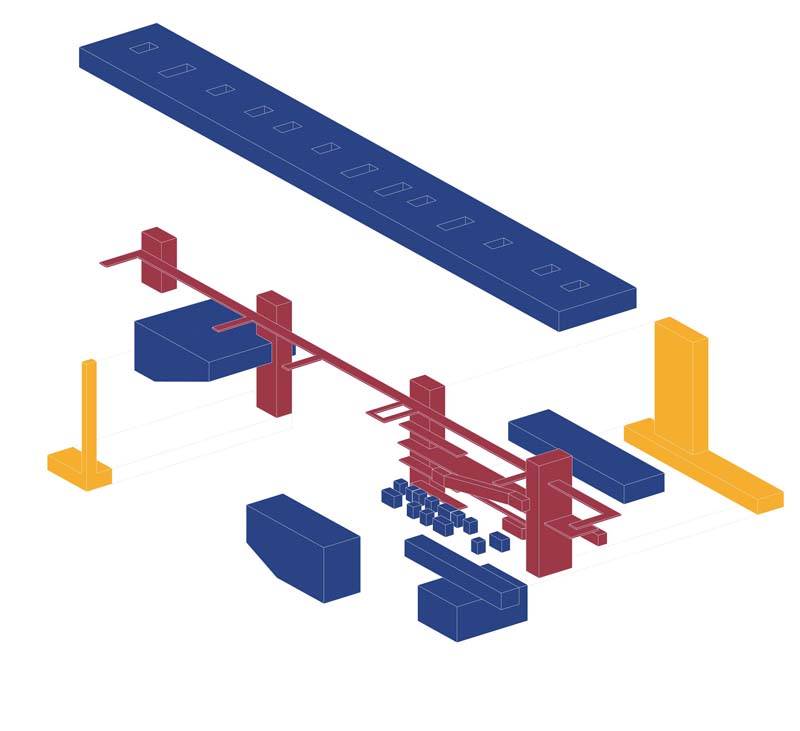

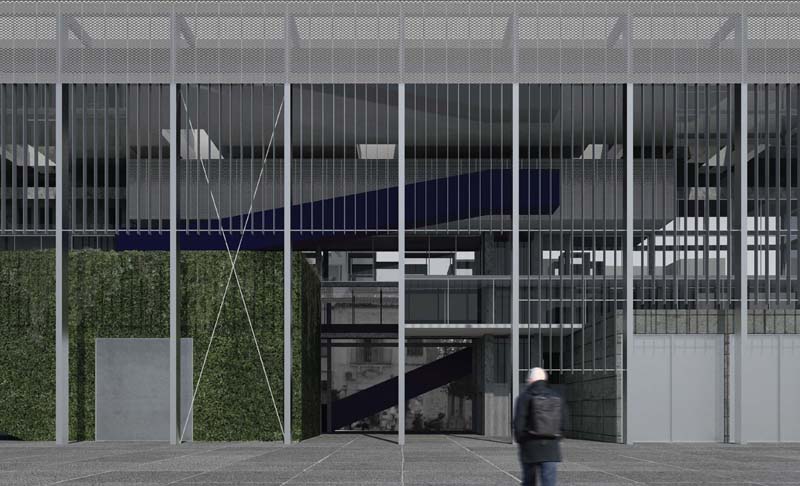

The transition from the immured form of Ottoman town of Volos to its open urban expression includes a series of reforms and ruptures that have occurred following social upheavals, economic changes, population fluctuations and natural disasters. The present thesis attempts to propose continuity where continuity does not exist, to unveil a new evolutionary path that will enhance the urban tissue of the town of Volos and may even be able to refigure it. For this reason, the network of the city's public program is explored through the recording of all its public buildings as the primary center of urbanism. The city's public program is treated as a unit whose rooms, small volumes, occupy several tens and thousands of square meters. This research identifies its concentration zones, while assessing and planning the city's void, through city’s form and its structural conditions. These gaps, whether designed or arising after the removal of structured space, create a kind of discontinuity in urban fabric, affect the flow of the city and are sites of potential social action.
The axis of El. Venizelou st., with its inner concentration of public program and gaps, is considered the main research area of this thesis. On intensifying its public nature, the vacant section on 28th October - Dimitriados and PB Mellas - El. Venizelos is selected for the creation of a multi-program building that will take advantage of the vacancy opportunities of the city and accept uses for the student community. The design varies between different scales of spaces and programs regarding the modalities of congestion and sizes of public buildings in a medium sized Greek city, defining an urban continuity.
Supervisors: Gavrilou Evelyn, Mitroulias Giorgos
Reference Number: 788
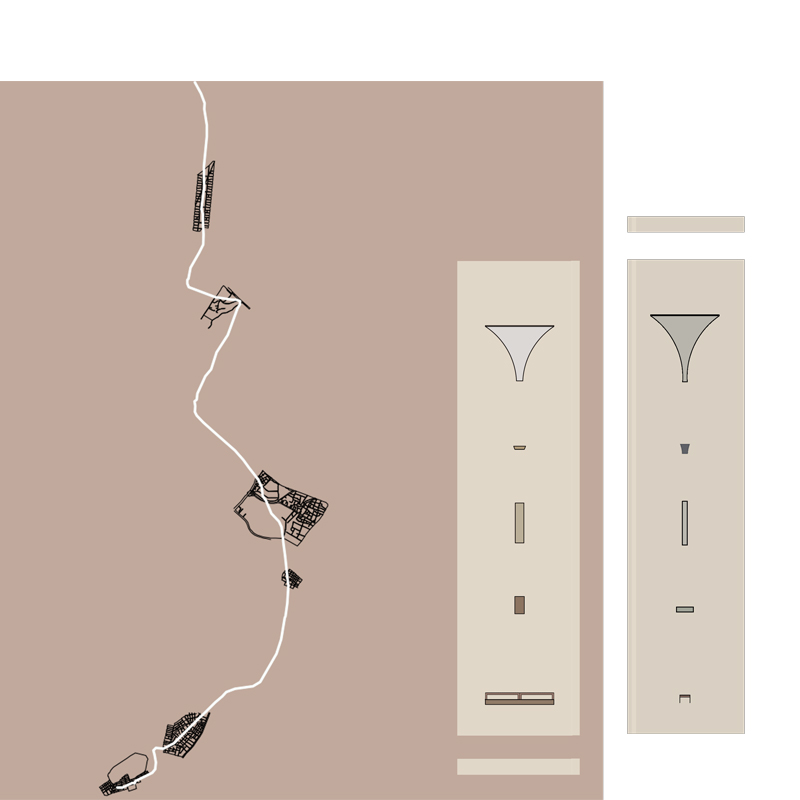

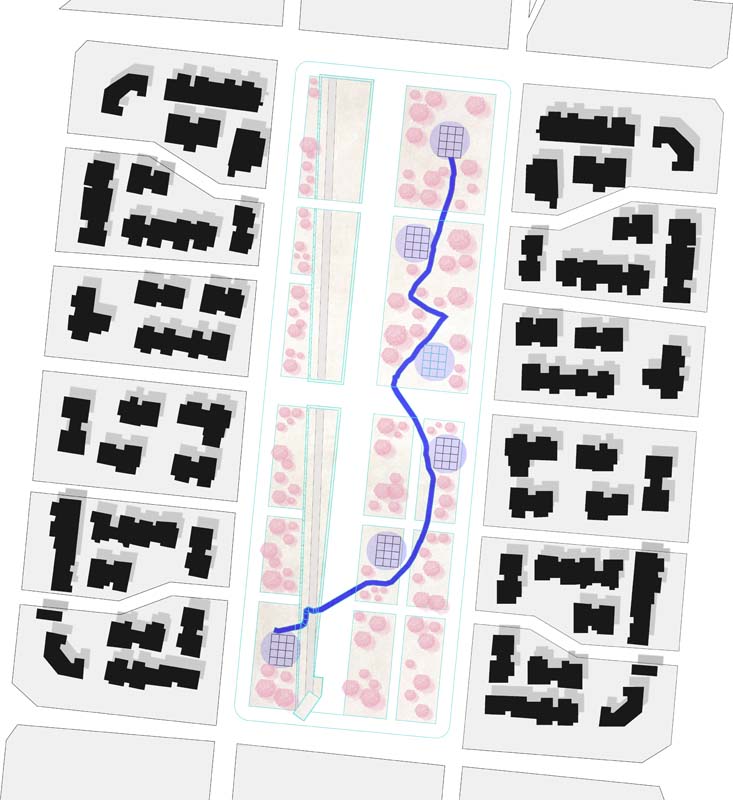

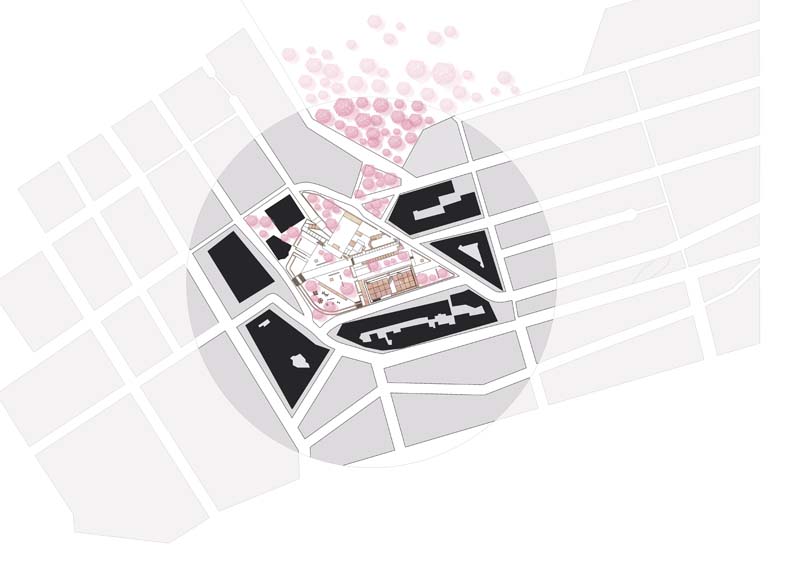

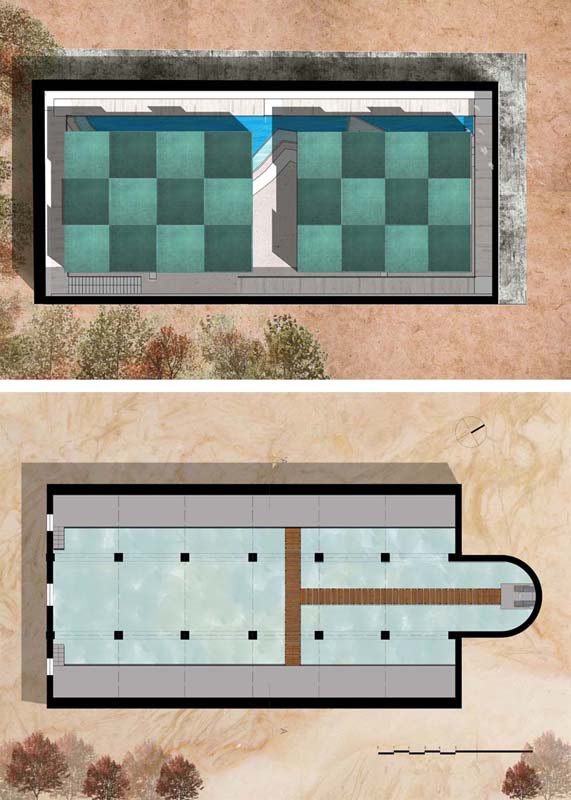

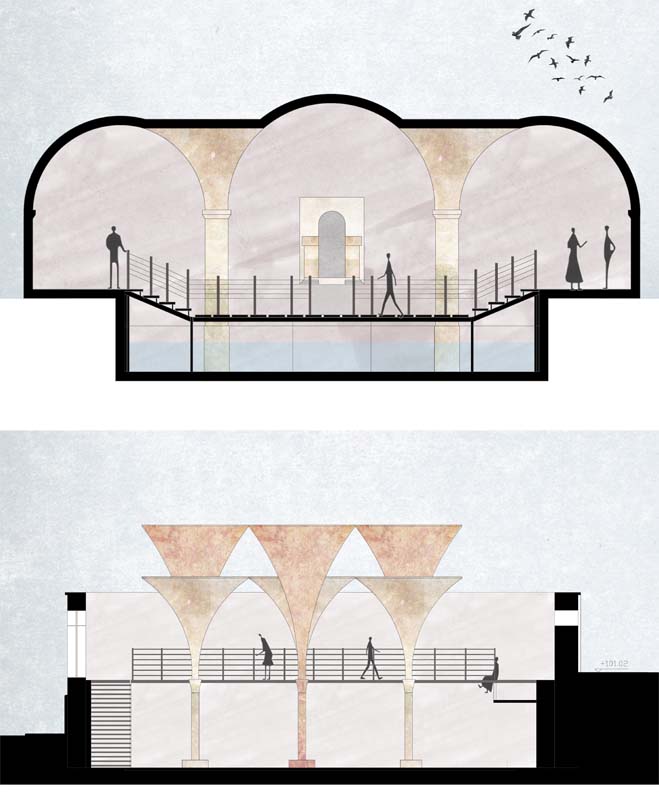

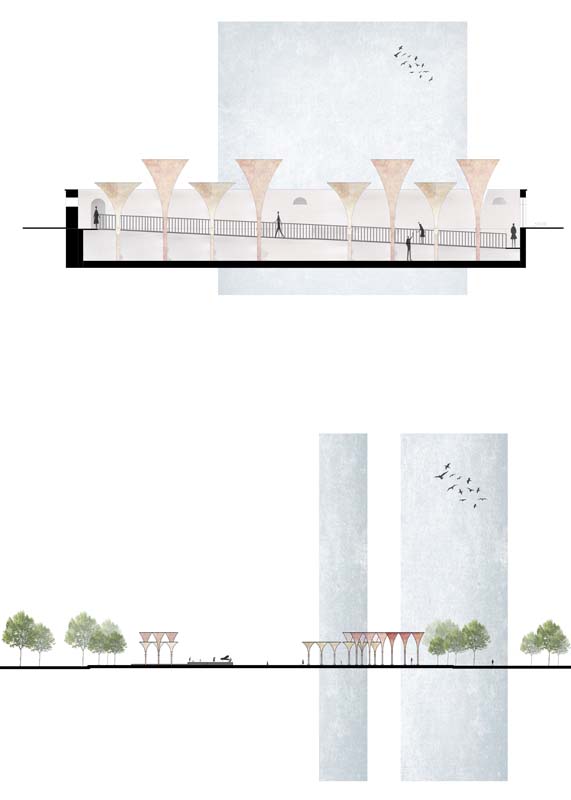

This thesis focuses on the Hadrianic Aqueduct, a project by the Roman Emperor Hadrian for the water supply of the Roman Athens. It is an underground tunnel approximately 20km long, which starts from the foot of Mount Parnitha and it runs through the Municipalities of Acharnes, Metamorfosi, Irakleio, Amarousio, Chalandri, Filothei- Psychiko and Athens. The Hadrianic was suppling with water the city of Athens for almost 2000 years and it was ending up in the reservoir of Lycabettus, at Kolonaki square.
Today, some authorities are trying to restore it and preserve it, in order to be able to function again and as it is an archeological monument.
Besides its archeological value and its original use, what else can such a majestic project of the past add to the city of today? What is its value to the modern Athens and how it can be part of our reality? The answers to those questions can be found in the interventions designed for the areas that the main tunnel of the aqueduct is passing through. In order to connect the past with the present an interpretationof an architectural element of the Hadrianic Aqueduct is being conducted.
Supervisor: Papadopoulos Spiros
Reference Number: 841
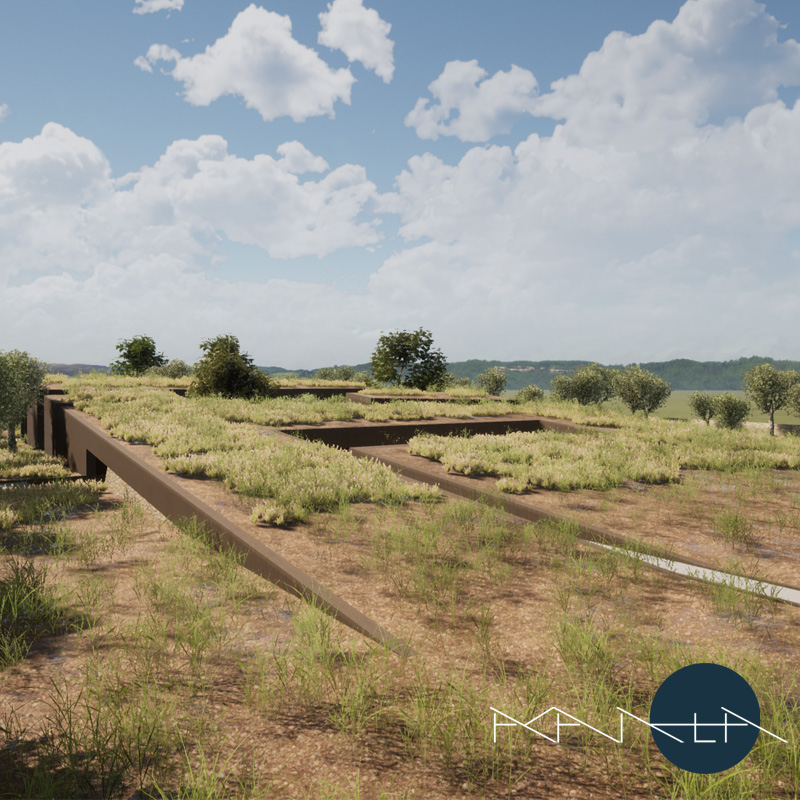

Amalthea is situated in Iliokastro Argolida in the peninsula of Peloponnesos. The intention of this dissertation is the creation of such an environment so that on the occasion of the various seminars that will held in the place, visitors who will be accommodated will have the opportunity to experience, within a time fragment, the countryside and harmonize with the way of living of the locals. During their stay, they will be able to take part in agricultural and livestock activities. to feed on the excellent local products which they themselves have collected and relax in a safe and calm place away from the “fast” and stressful life in the city, thus operating cooperatively not only among themselves but also in relation to the land. The pious goal of this approach is to redefine certain established conditions that define the way of life of modern man.
Supervisor: Manolidis Kostas
Reference Number: 803


In the area of Thermopylae, at the bottom of the mountain Kallidromo, are located the thermal springs of Thermopylae. There, in 1935, were created for the first time the baths of Thermopylae. They consist of a total of 6 existing main buildings, which were build progressively between 1958 and 1990 and include two hotels, the building of the baths and buildings with secondary functions. Today’s situation of the buildings in the area is neglected and the facilities are not suited for public use. Some of the buildings are at an abandoned state, while the rest have taken different functions than their original ones.
People visit the thermal springs of Thermopylae daily in order to bath themselves into the spring’s waters, but the existing condition of the buildings is incapable of accepting any visitor. The aim of the present thesis is to reimagine from scratch the baths at Thermopylae. By erasing the existing buildings, a new complex of baths is designed in the area, as well as a new hotel and a cafeteria. The movements in the area keep some of its existing elements, while at the same time the needs are reevaluated and new spaces and experiences are created.
Supervisor: Kanarelis Theoklis
Reference Number: 828


A diving center isn’t actually a facility that commonly exists in Greece. Even if water sports and free diving are activities which gain ground especially as summer hobbies, a center that offers education along with the possibility of living hasn’t been created yet. The goal of this project is to develop such an idea in a location called “Kavos”, in Kimi Evoia. The visitor comes closer to coast and experiences education as a daily routine while living there. However, it has been a goal that space was designed so as the center offers isolation and privacy along with the interaction of both visitors and guests.It is important to mention that such a facility doesn’t exist in South or East part of Evoia. APNOIA is designed to meet the purpose of creating such spaces and consider how to connect with the deep sea. The development of this concept was based on the fact that this location has remains of a past intervention. This intervention was a necessity so as to build the port of Kimi. HoweverKavos (the location of the project) has been left with a range of stones and its geography has been altered completely.This starting point was vital for the conception of the floor plan. The creation of solid elements from the remaining stones was actually a primal base for the buildings and their positions in APNOIA.
Supervisor: Manolidis Kostas
Reference Number: 807

